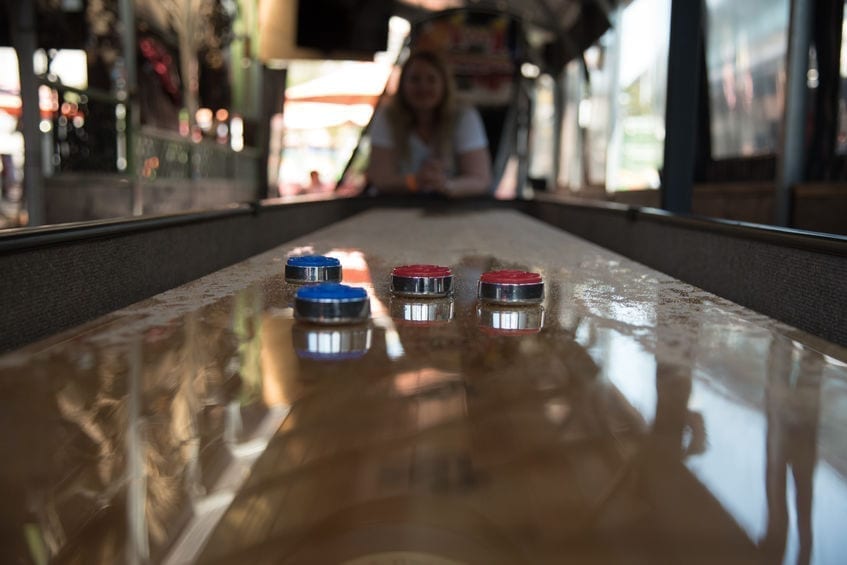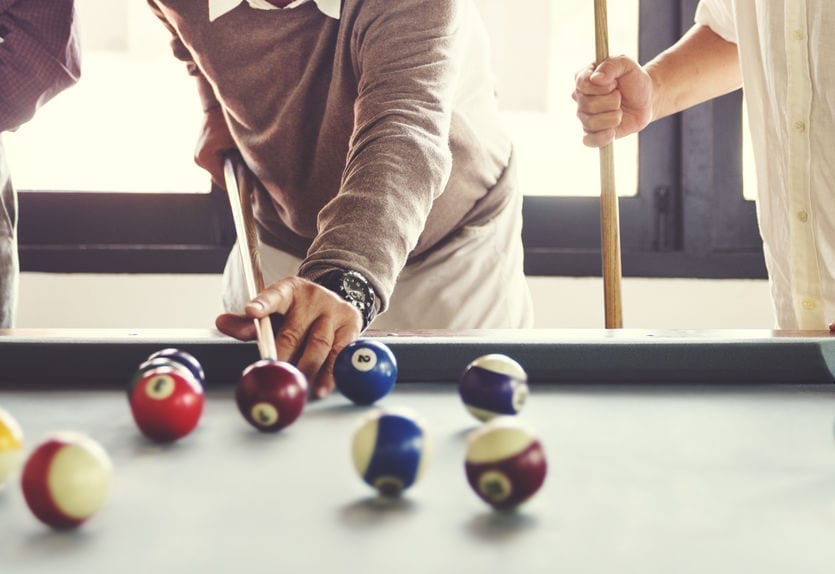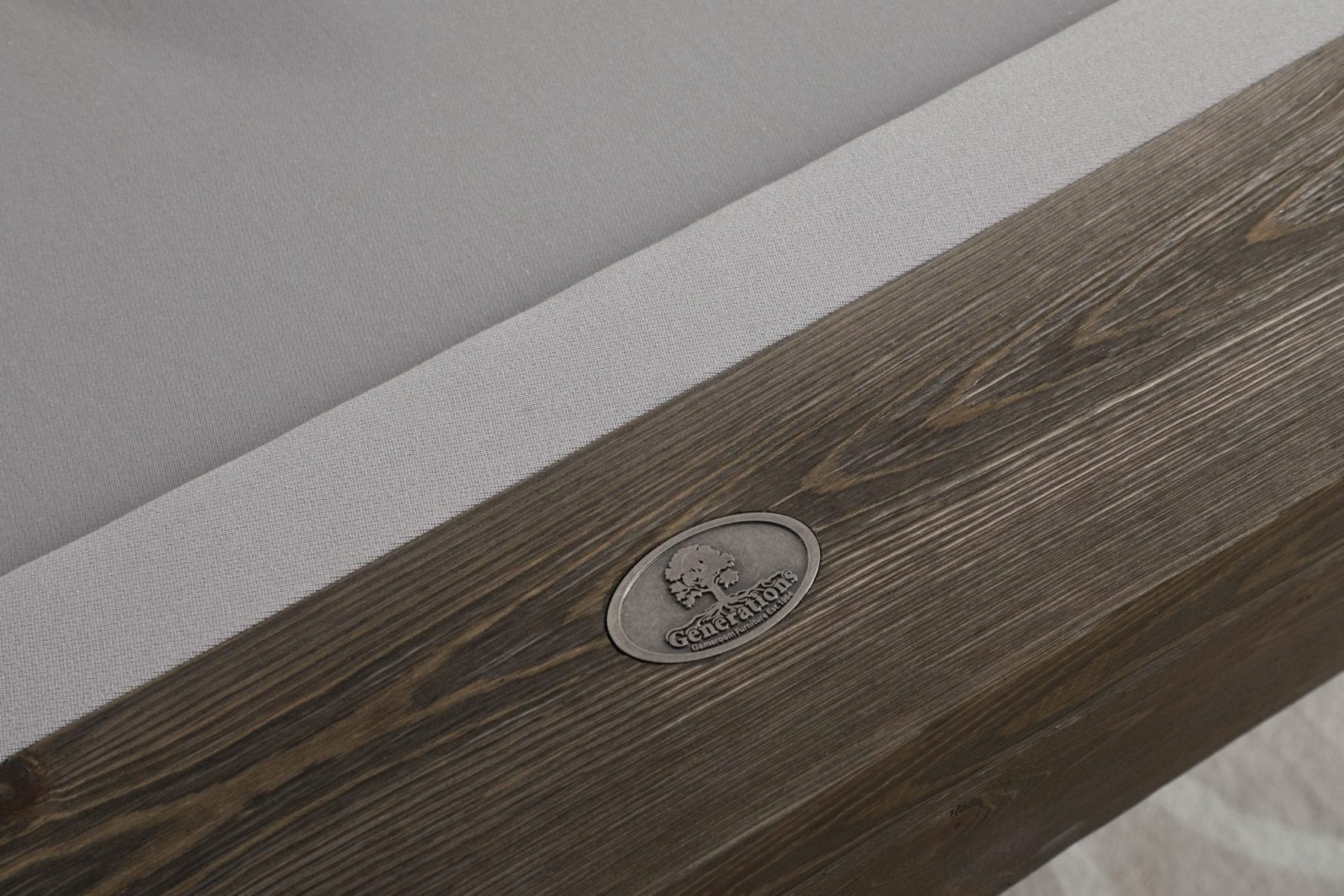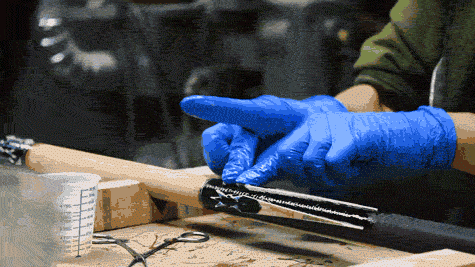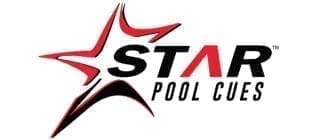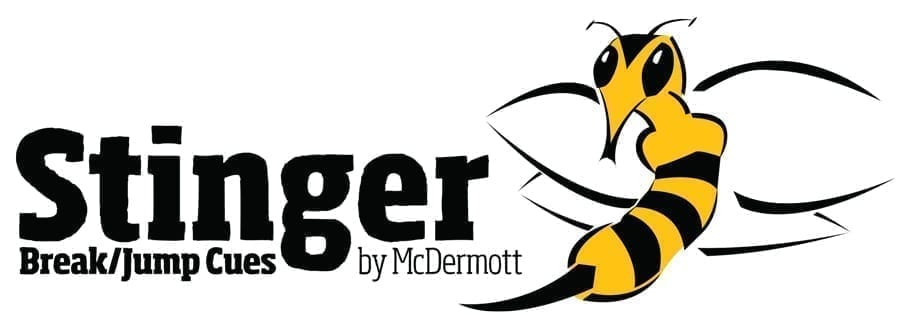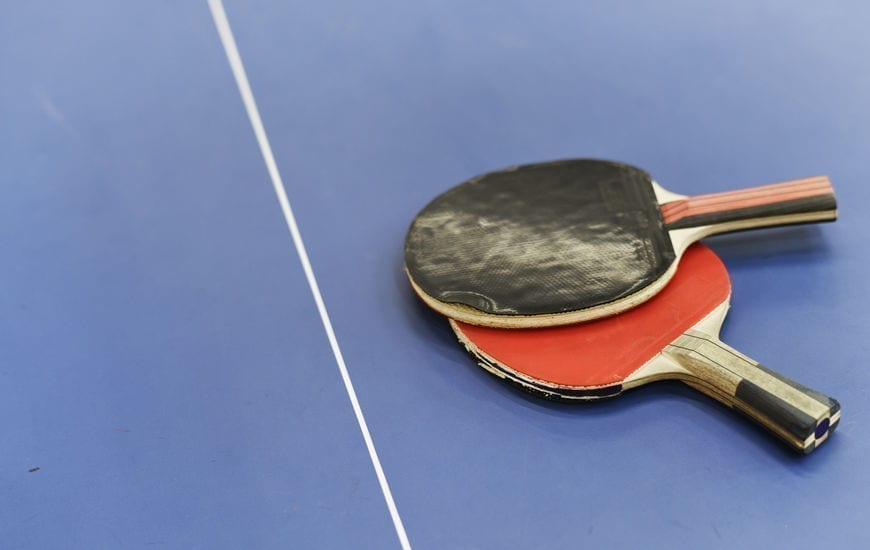Whether we’re focusing on ping-pong or regular tennis, understanding the players’ hand signals can make the sport more enjoyable to watch (and, hey, you might even improve your skills on the court)
In the world of sports, athletes use the body to communicate many important things, and the hand signs we see being used so colloquially during a tennis match is just as important. To start things off, many people are aware that table tennis is different than tennis, but the details of those differences is another topic for another time. Today, the Games For Fun team will be discussing what the hand gestures mean in tennis — both ping-pong and regular tennis. We’ll be citing two articles for accuracy and professionalism — PingSunday’s “Important Hand Signals for Doubles Games” and “What Are The Hand Signals Doubles Players Use on the Tennis Court?” published by MyTennisHQ.
To start things off, PingSunday (AKA “the best place to learn table tennis”) provides answers to some good questions about tennis hand signals. Questions such as whether the hand signals are the same for everyone and if there is a universal signal used and understood by professional players are all addressed in their article, and we’ll be addressing the same.
Are Hand Signals The Same For Everyone?
If there was a universal language, life would be easier, right? With sports, it’s the same thing. While there are two forms of communication done in a table tennis match between partners — verbal communication for the tactics and hand communication for the service — this article will focus on the latter.
When communicating in doubles (a game with two-on-two players as opposed to the traditional one-on-one) your hand signals help your partner determine the serve so when the ball returns to them, they can prepare the shot. For tennis players, these gestures are used by the player at the net to indicate where the server should hit the serve and where the net player will move after the serve. But, while it’s easy to communicate specific hand signs with someone who you’ve played with long enough, what happens when you’re paired with a new partner?
First things first: The order of the signals is the same whether the team is serving or receiving; the first signal is where the shot is meant to be hit, while the second signal is meant for where the net-man is going to be after that shot is hit. Second: We keep in mind that, generally speaking, each pair will naturally develop a unique set of signals. This means that one set’s hand communication might differ from yours. But there are hand signals that are used across continents that will generally be understood to mean the same thing even with minor variances.
Common Hand Signals + Their Meanings
With these hand signals, we’re focusing on how to communicate the type of serve to your partner once the ball returns so they can prepare the shot. And, of course, we’ve aptly nicknamed each signal for your convenience (AKA entertainment). The following is a general breakdown of what each finger means, first in table tennis:
thumb = short ● index = long ● pinky = short underspin ● fist = no spin
Now, with this in mind, let’s take a look at some of the basic hand signals for all who are interested in what’s going on with that table tennis.
Here’s a rule of thumb (pun intended): Communicate your hand signals to your partner under the table when playing table tennis or behind your back when playing regular tennis. Your hand signals are essentially giving away your next move.
- Thumbing It Up: In table tennis, signaling a thumb lets your partner know that you’re going to serve a topspin serve. According to this article, when you impart topspin onto the ball, “the forward spin increases the downward pressure on the ball, so that after it bounces on the table it will stay low and accelerate forwards.” The purpose of serving a topspin is for the topspin to rebound in an upward direction when the ball makes contact with your opponent’s racket. The direction of your thumb will communicate what direction to serve the ball. For example, tilting the thumb to the left means the ball will be served to the left, so on.
- What’s Your Point: The index finger down is used for backspin serve and is also used by professionals. The backspin serve is a very difficult serve to return, this is why professionals and Olympic players all over the world use it to win points in a match.
- Little Piggie: When the little finger is used, this means a short backspin server. The purpose of this serve is to make the first bounce close to the net so the second bounce on the opponent’s side is also short and near the net, too.
- SMF (Shaking My Fist): The fist means no spin server. According to this article, no-spin serves are effective at the higher levels because if you serve no-spin, while it’s easier to read the degree of spin (since no-spin always has the same degree of no-spin!), it’s not as easy to drop it short. Nor is it as easy to put extra backspin on the ball, since there’s no backspin on the incoming ball to reverse – you have to create all the backspin yourself.
Now, this is when things could get a bit tricky for someone who’s interested in learning both table tennis hand signals and regular tennis hand signals. Some of the same fingers are used in both games, but have different meanings and are used differently. Let’s take a look at what some signals mean in regular tennis below that we’ve seen before with table tennis. These hand signals we’re discussing for regular tennis will be used to indicate different things, such as where the net-man will be moving after the serve lands in the box to the return direction.
- With the fist, we get the Fist Bump which means stay. This indicates that the net-man will be holding his ground and covering the line.
- The pinky also makes a reappearance in tennis, with the return cross. This article explains that a return cross is important because it takes the server’s partner out of the point, and takes away the ability of the server to hit down on the ball.
Table tennis and regular tennis are no match for the one who understands tactics, serves, and the like. So, you think you’re ready to cut the racket and get on the court?
Our goal is to understand these common hand signals so the next time we find ourselves watching a match, we’ll know what’s going on. Maybe you’re not ready to hit the ball as we mentioned at the outset, but your knowledge of hand communication will likely enhance your involvement in the match that you’re watching.
Interested in home game room products to start practicing your tennis skills at home? Check out ping-pong tables, accessories, parts, and more from Games For Fun. We have everything you need to get started, and more!

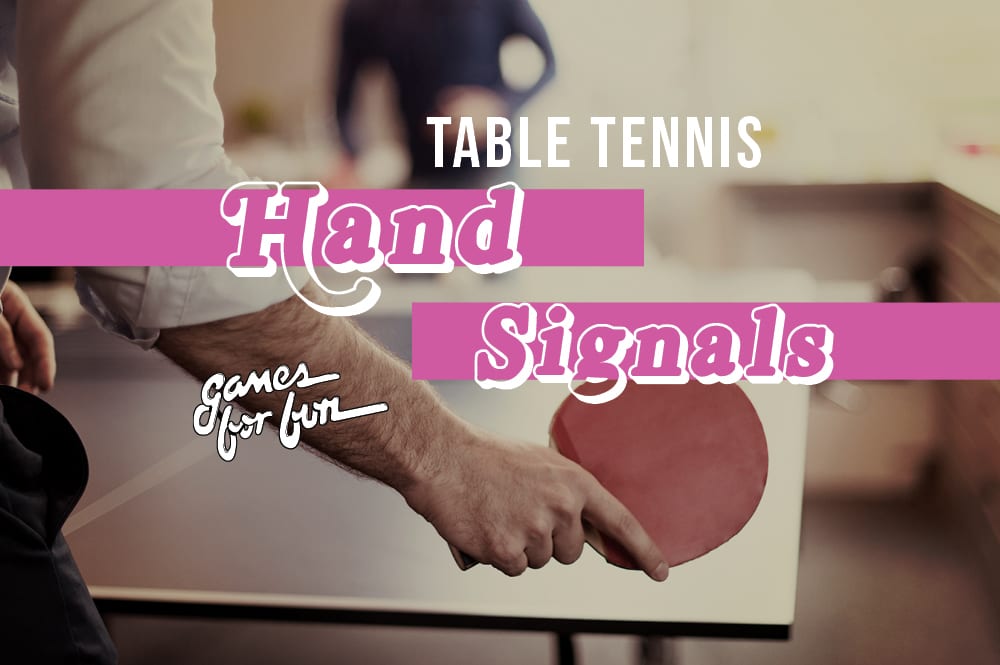

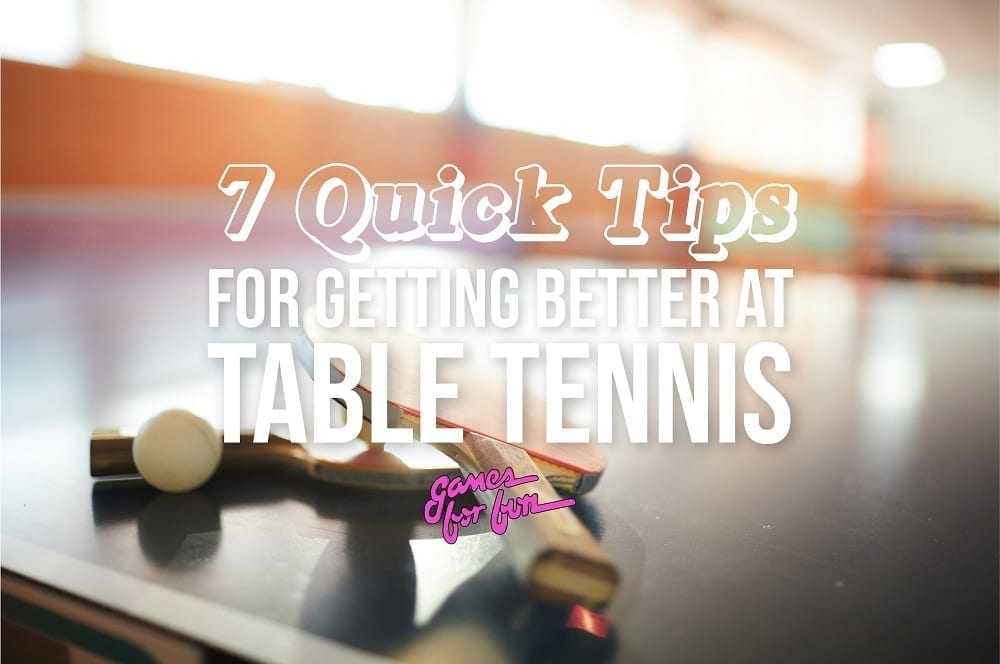
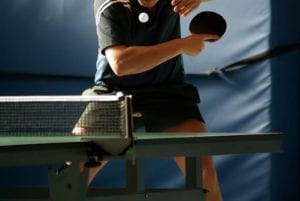 No matter your skill level, there’s always room for improvement when it comes to table tennis. From basic techniques to skilled shots, there’s a never-ending list of ways to refine and add to your skillset. So, if you’re looking for ways to grow as a player and take on your next opponent with better precision and confidence, check out our favorite tips!
No matter your skill level, there’s always room for improvement when it comes to table tennis. From basic techniques to skilled shots, there’s a never-ending list of ways to refine and add to your skillset. So, if you’re looking for ways to grow as a player and take on your next opponent with better precision and confidence, check out our favorite tips!
